Apple's iPhone 17 lineup is shaping up to be one of the most significant camera upgrades in recent memory, with rumors pointing to major improvements across the entire range. The buzz around these upcoming devices centers on substantial sensor upgrades and design changes that could reshape how we think about smartphone photography. With Apple reportedly finalizing new display technology and camera innovations, the iPhone 17 series appears ready to deliver meaningful advances for both casual users and content creators alike.
The front-facing camera finally gets its moment
After years of staying relatively unchanged, the iPhone's selfie camera is getting a major overhaul. Here's what caught my attention: All four iPhone 17 models will reportedly receive a substantial front camera upgrade, jumping from the current 12-megapixel sensor to a new 24-megapixel camera. This represents the first hardware change since the iPhone 11, making it a long-overdue enhancement that should significantly improve selfie quality and video calls.
The upgrade goes beyond just more pixels. The front camera will jump from a five-element lens to a six-element one, which should deliver sharper images and better low-light performance. What's particularly exciting is that this enhancement won't be limited to Pro models but will extend to the standard iPhone 17, meaning everyone gets the benefit regardless of which model they choose.
Here's where it gets interesting: that 24-megapixel sensor will likely use pixel-binning technology, combining data from multiple pixels to create "super-pixels." This means you'll probably get 12-megapixel shots by default, but with dramatically better detail and low-light performance than current iPhones. Think of it as solving the longstanding issue of why your iPhone selfies looked grainy in dim restaurants—Apple finally decided to do something about it.
Pro models complete the 48-megapixel trio
The iPhone 17 Pro lineup is set to achieve something no iPhone has done before: a complete 48-megapixel camera system. The remaining third lens, the telephoto camera, will be receiving the 48-megapixel upgrade on the iPhone 17 Pro, completing Apple's gradual transition that began with the main camera in the iPhone 14 Pro and continued with the ultra-wide in the iPhone 16 Pro.
This telephoto enhancement brings more than just higher resolution. The telephoto lens will be able to provide an 8x optical zoom in the iPhone 17 Pro, a significant jump from the current 5x zoom capability. For context, that's the difference between capturing decent shots of your kid's soccer game from the sidelines versus getting frame-worthy action shots from the same spot.
The upgraded telephoto would make the iPhone 17 Pro models the first iPhones to have a rear camera system composed entirely of 48-megapixel lenses, creating unprecedented consistency across all three rear cameras. This unified approach should eliminate those jarring quality differences you currently notice when switching between lenses, especially in challenging lighting conditions.
What's particularly intriguing is how this plays into Apple's broader ecosystem strategy. The telephoto improvements are reportedly optimized for use with Apple's Vision Pro headset, suggesting we might see compelling integration between iPhone photography and spatial computing—imagine capturing detailed 3D memories with enhanced zoom capabilities.
Revolutionary sensor technology promises dramatic improvements
Perhaps the most exciting development lies beneath the surface. Fresh leaks suggest Apple is preparing one of the biggest leaps in iPhone photography history, powered by a custom-built image sensor designed entirely in-house. This represents a fundamental shift from incremental improvements to rebuilding the foundation of mobile photography.
This sensor reportedly features a stacked two-layer architecture with one layer dedicated to capturing light and another handling noise reduction and exposure processing. The result could be game-changing: the system allows each pixel to handle vastly different light levels without losing detail, giving the camera an incredible dynamic range of up to 20 stops—approaching what the human eye can see.
To put that in perspective, current high-end cameras typically manage around 12-14 stops of dynamic range. If Apple pulls this off, you'd be looking at photos that capture both bright skies and dark shadows with incredible detail, virtually eliminating those frustrating situations where you have to choose between a properly exposed foreground or background.
The custom sensor approach also means Apple can fine-tune every aspect of image capture to work perfectly with their computational photography algorithms, rather than adapting software to work with off-the-shelf components. It's the kind of vertical integration that could give Apple a significant competitive advantage.
Design changes and enhanced video capabilities
The iPhone 17 series won't just improve image quality—it's also rethinking the entire camera experience. The most persistent camera-related rumor is how Apple's three camera lenses look on the back of the device, with the iPhone 17 reimagining the camera bump by extending it full-width across the back. This design change, already being called the "camera island" by Apple fans, provides more space for larger sensors and improved heat dissipation during intensive video recording.
This design shift addresses both functional and aesthetic concerns. A wider camera bump gives Apple more internal real estate for those advanced sensors without making the bump uncomfortably thick, while creating a distinctive look that clearly differentiates the iPhone 17 from previous generations.
Video capabilities are receiving equal attention. Apple plans to introduce a new multi-cam recording feature within its Camera app on the iPhone 17, while iPhone 17 Pro models could support 8K video recording, up from 4K in the iPhone 16 Pro models. The multi-cam recording feature is particularly intriguing—imagine recording your main subject with the telephoto lens while simultaneously capturing a wide establishing shot, all processed natively within Apple's Camera app rather than requiring third-party solutions.
What this means for the future of mobile photography
The iPhone 17's camera improvements represent more than incremental upgrades—they signal Apple's commitment to maintaining its edge in computational photography while competing against increasingly sophisticated Android rivals. If all these enhancements make it into the final product, the iPhone 17 could be the biggest camera upgrade since the introduction of the iPhone X's dual-lens system in 2017.
Apple's move to upgrade the iPhone 17 camera system comes amid growing pressure from competitors like Samsung Galaxy S25 Ultra, Google Pixel 10 Pro, and OnePlus 13, all of which are pushing the boundaries of AI-powered photography. The smartphone camera space has become a genuine arms race, with manufacturers racing to deliver professional-quality results in increasingly compact packages.
With the iPhone 17 series expected to launch in September 2025, we're still months away from seeing these features in action. However, the consistency of these rumors across multiple sources suggests Apple is indeed preparing something significant. The timing aligns with Apple's typical development cycle, and we're now seeing the kind of detailed leaks that usually emerge when designs are being finalized.
Bottom line: The iPhone 17's camera upgrades appear designed to address real user needs while pushing technical boundaries. From finally upgrading that long-neglected selfie camera to introducing revolutionary sensor technology that could redefine smartphone photography, Apple seems ready to remind everyone why the iPhone became the default choice for mobile photography. Whether these ambitious improvements actually deliver on their promise remains to be seen, but the scope of changes suggests Apple recognizes that incremental updates won't be enough to maintain their lead in an increasingly competitive market.




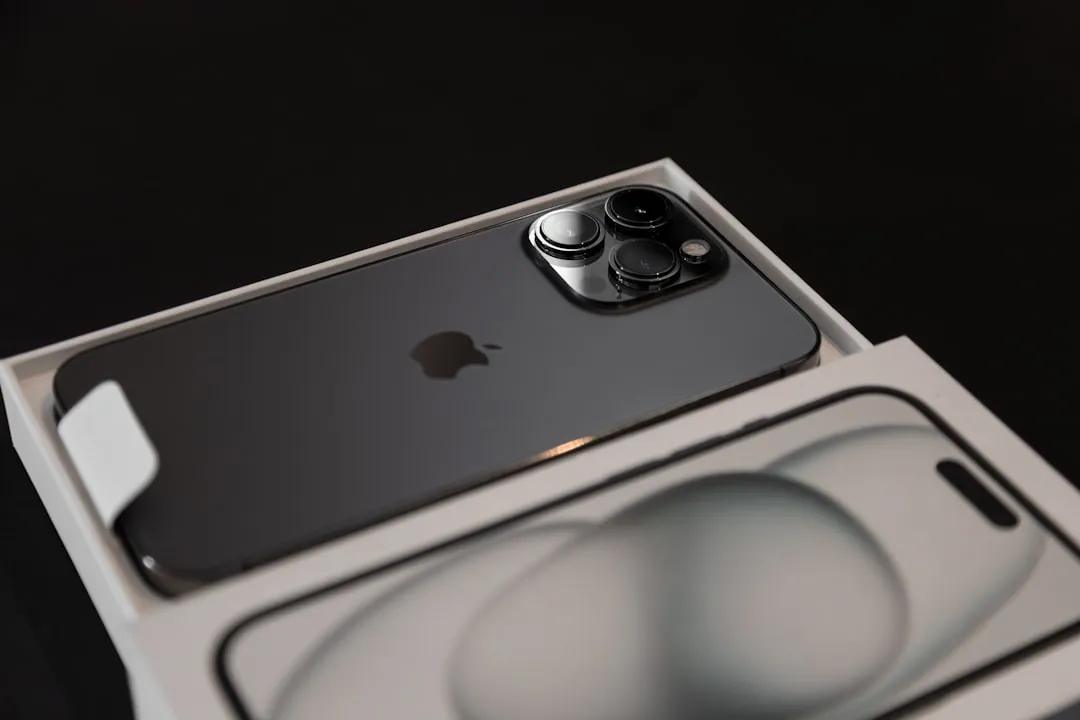



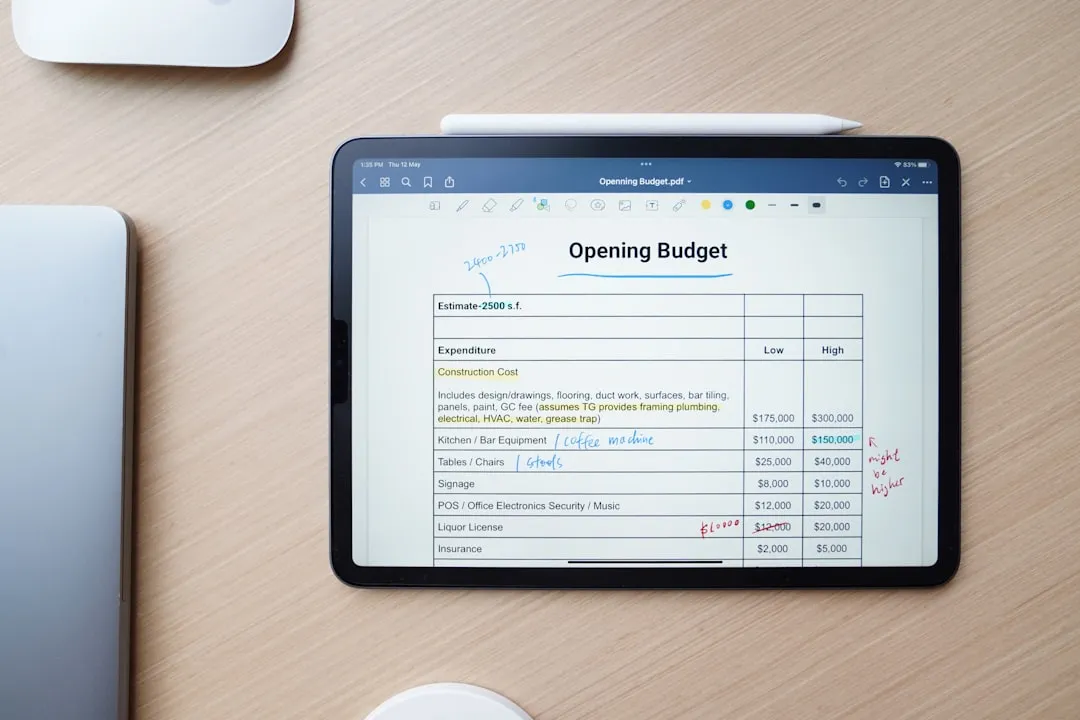
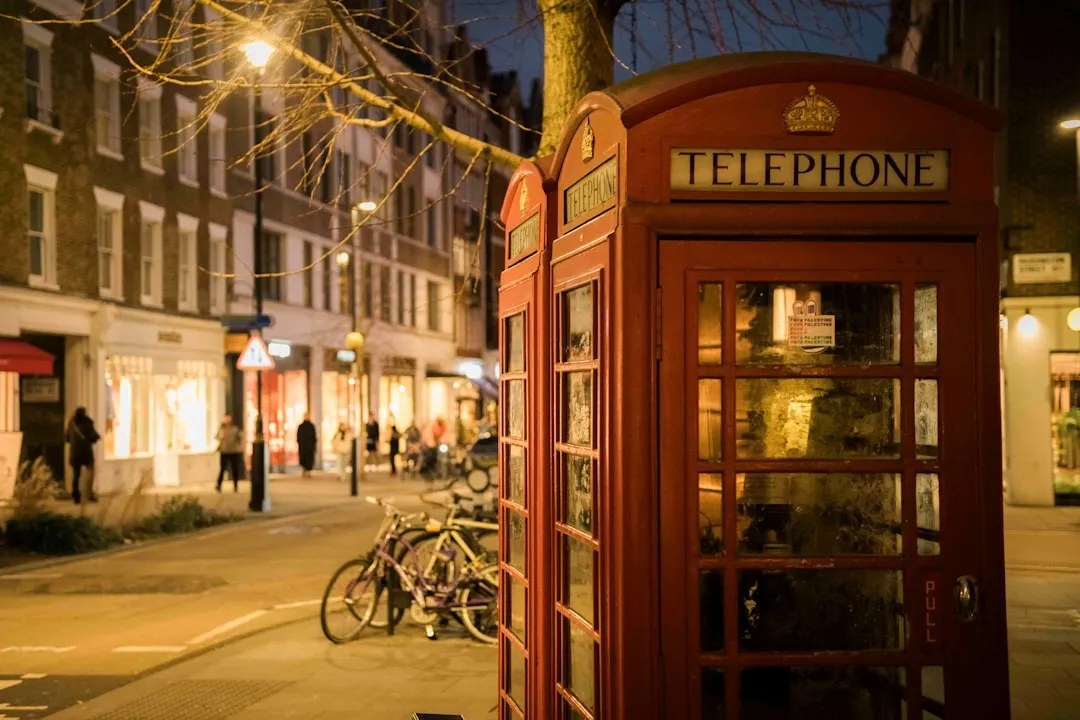
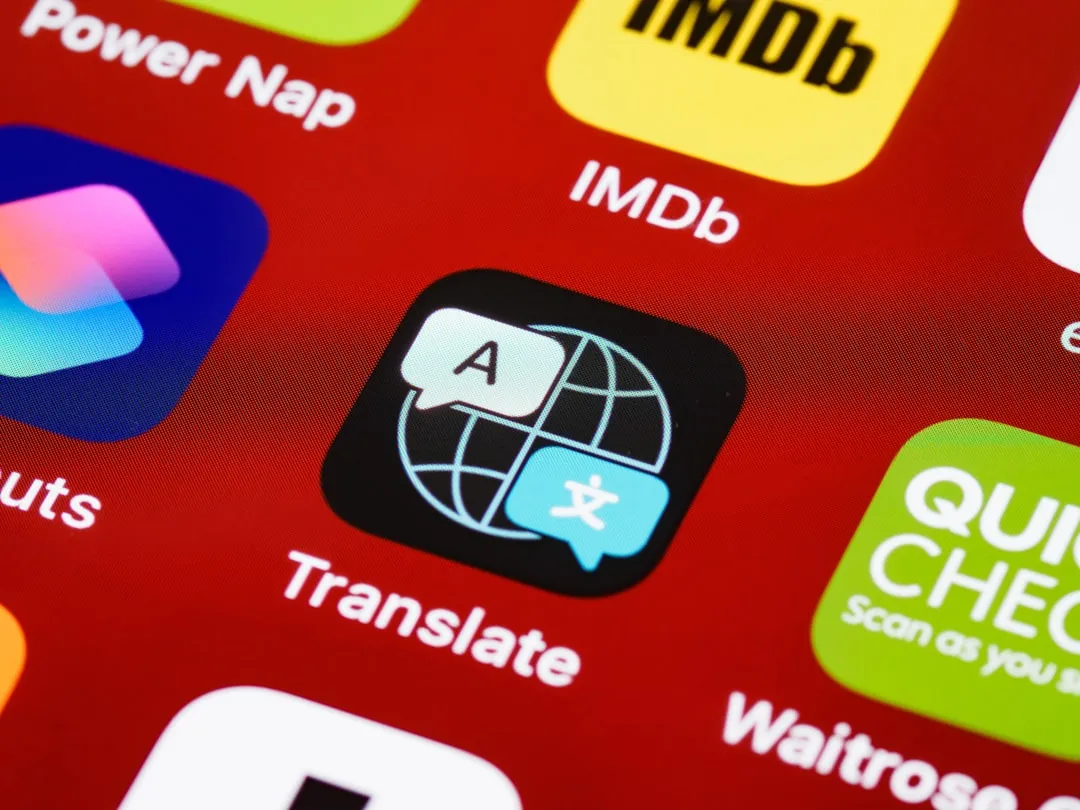



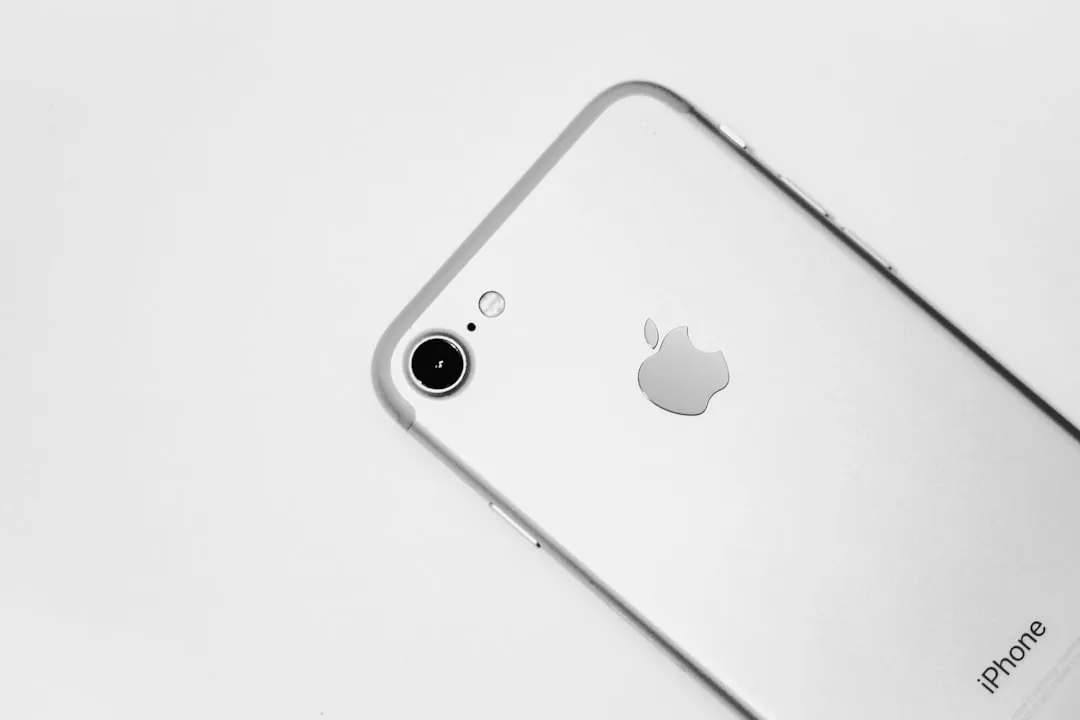

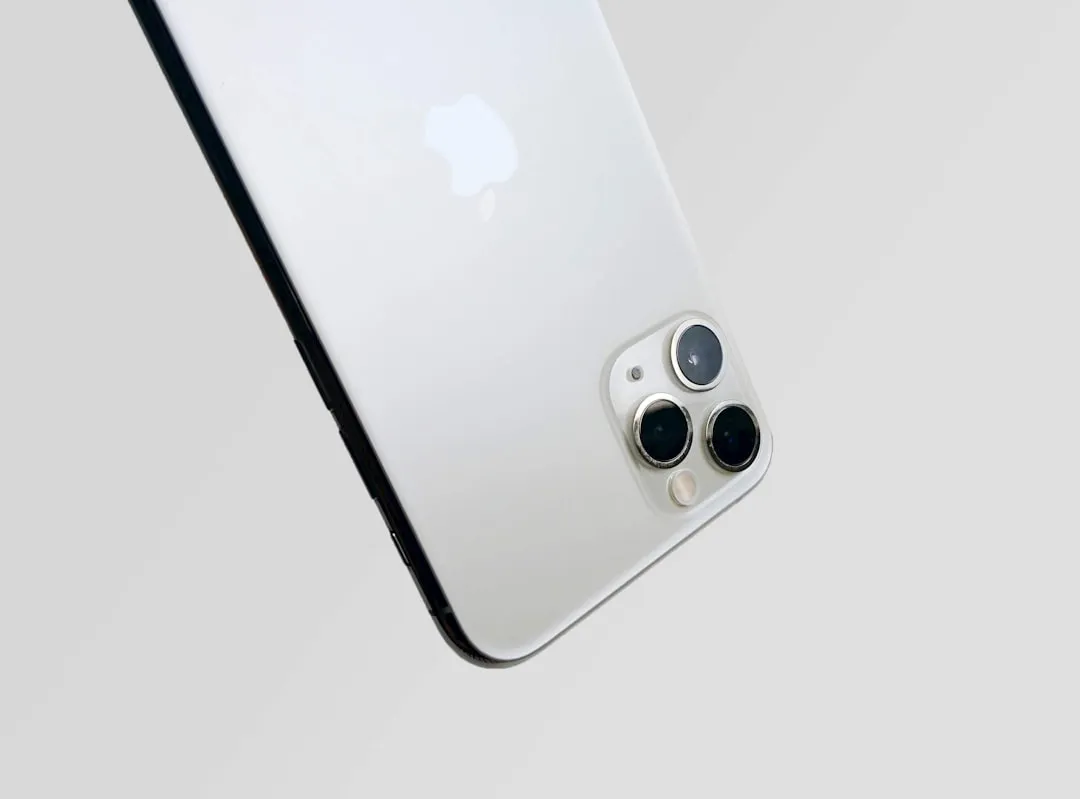




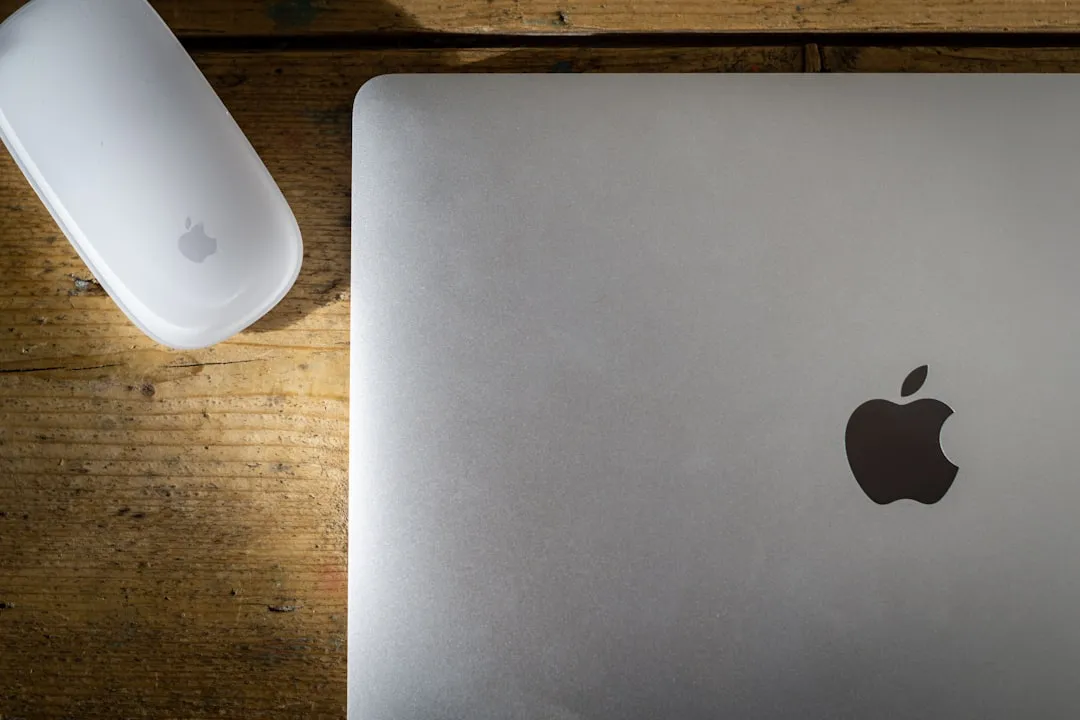

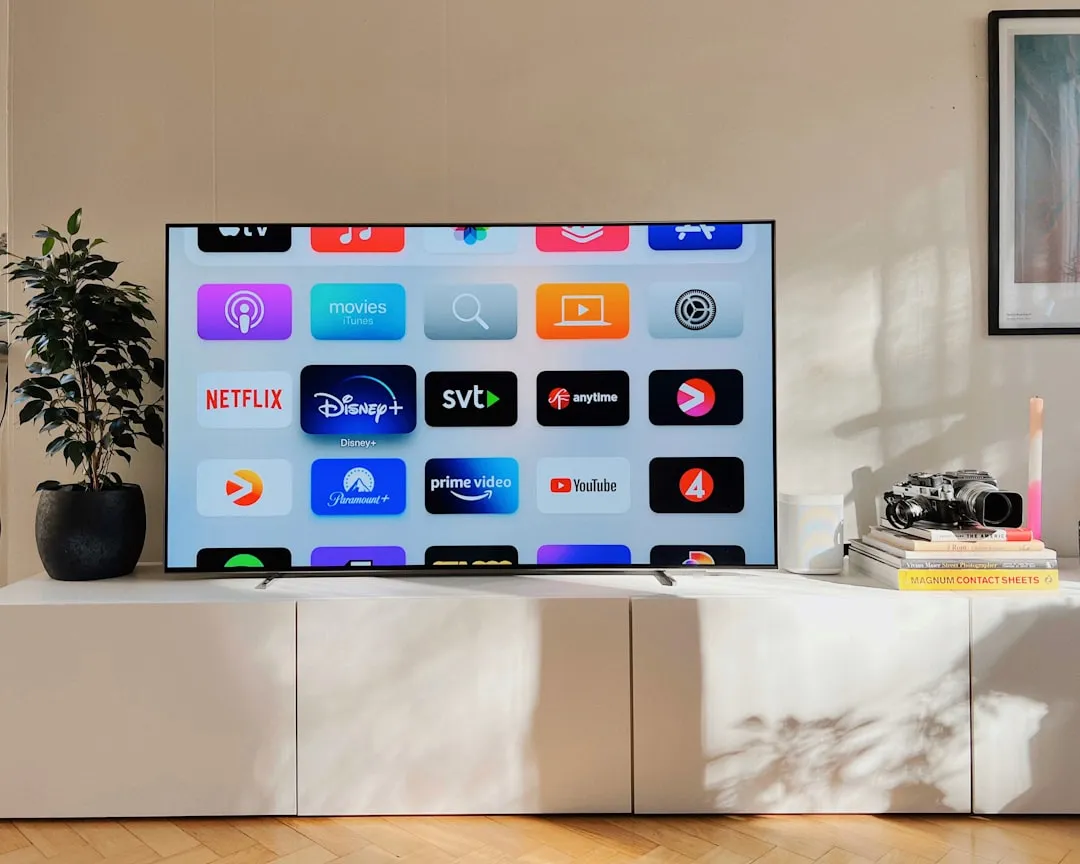
Comments
Be the first, drop a comment!